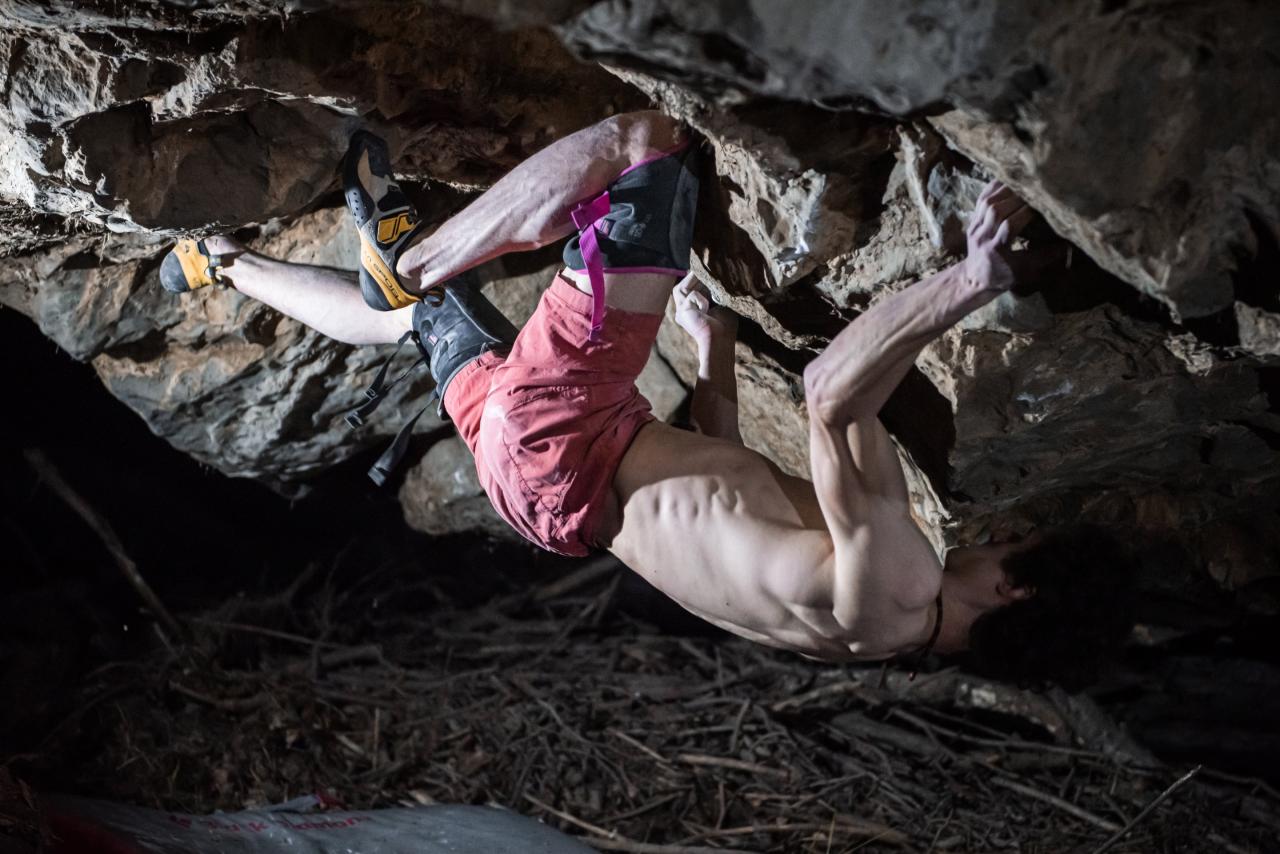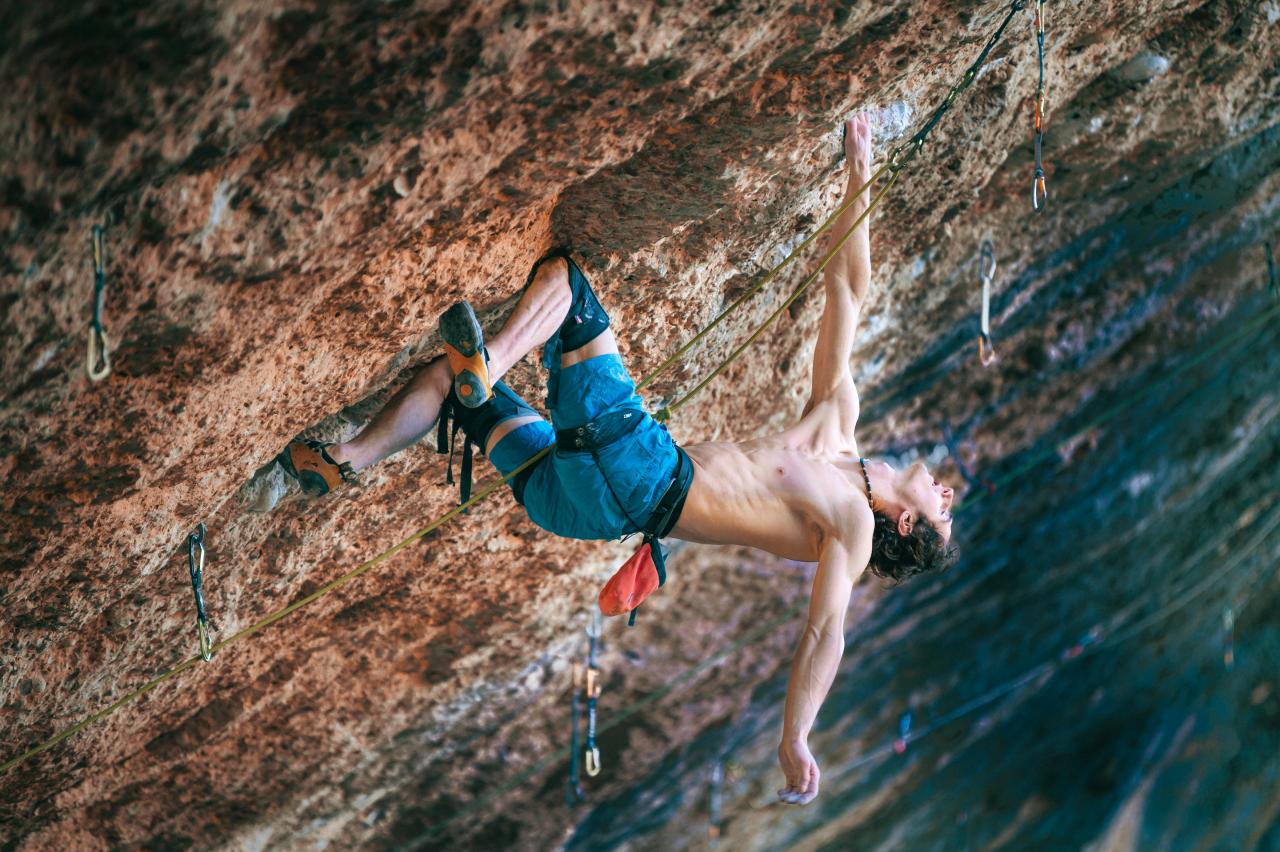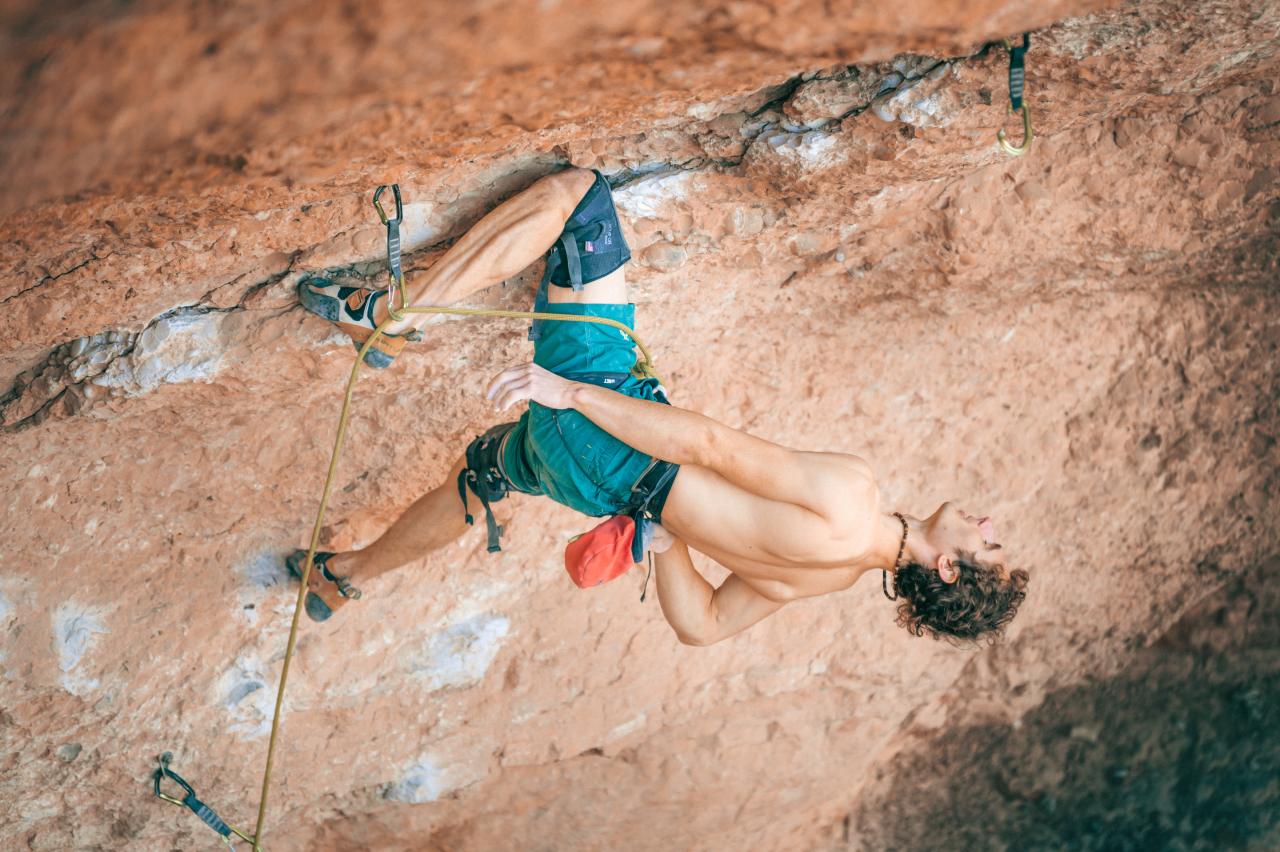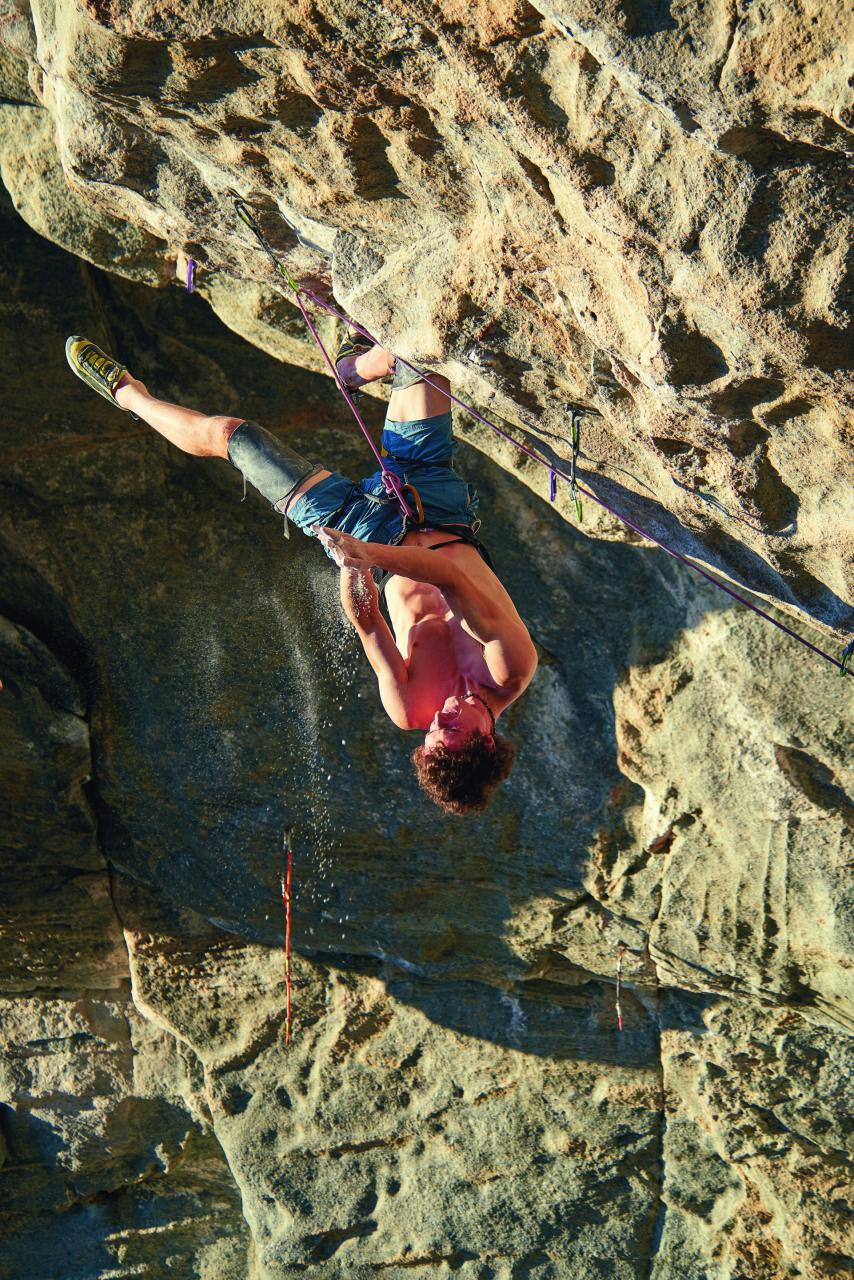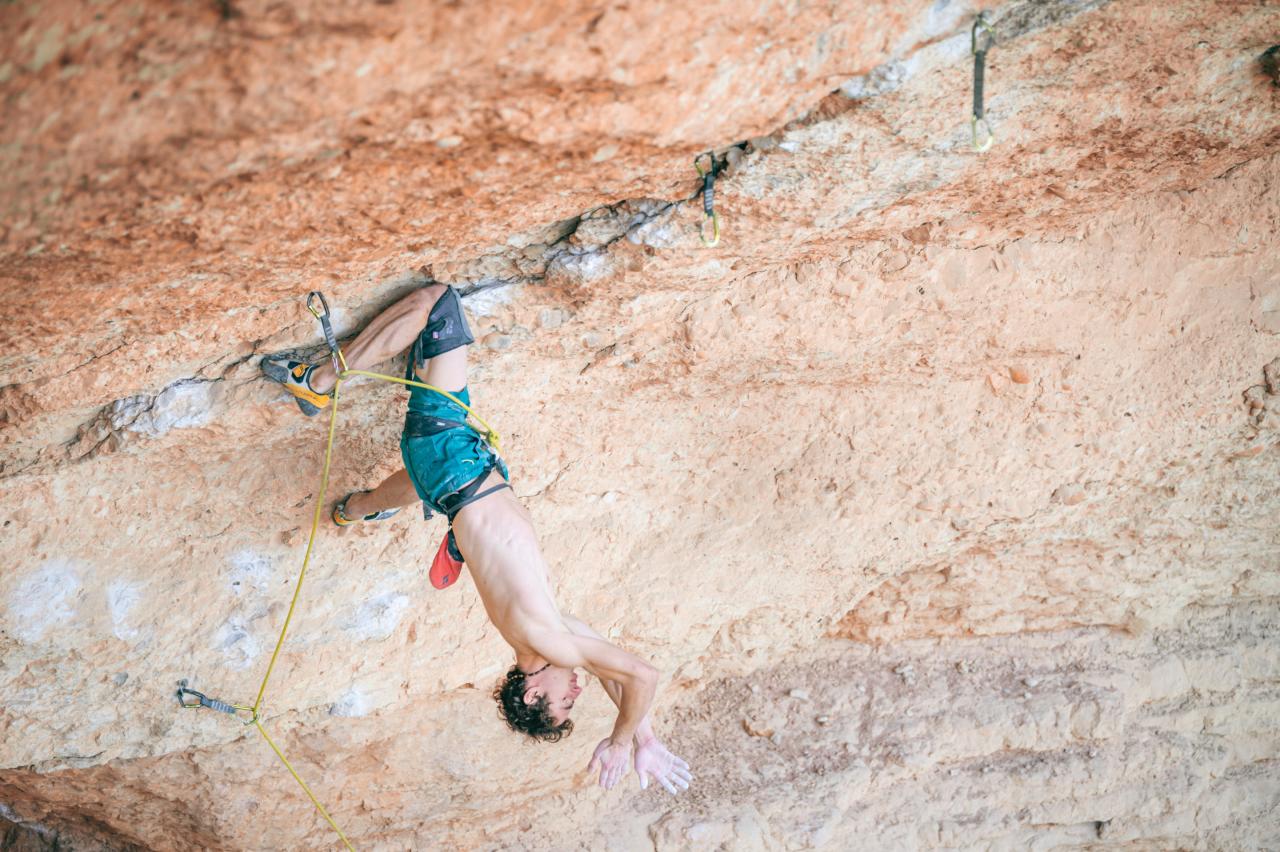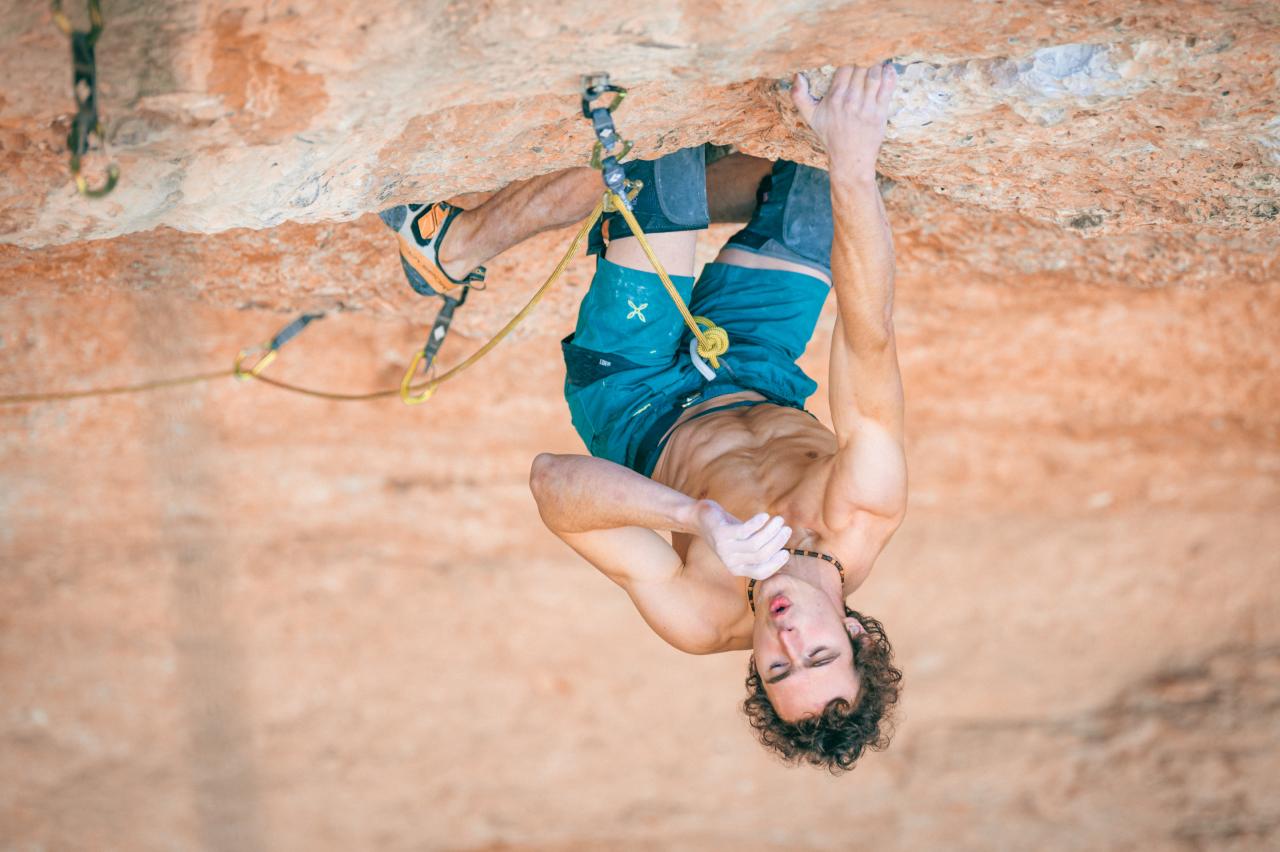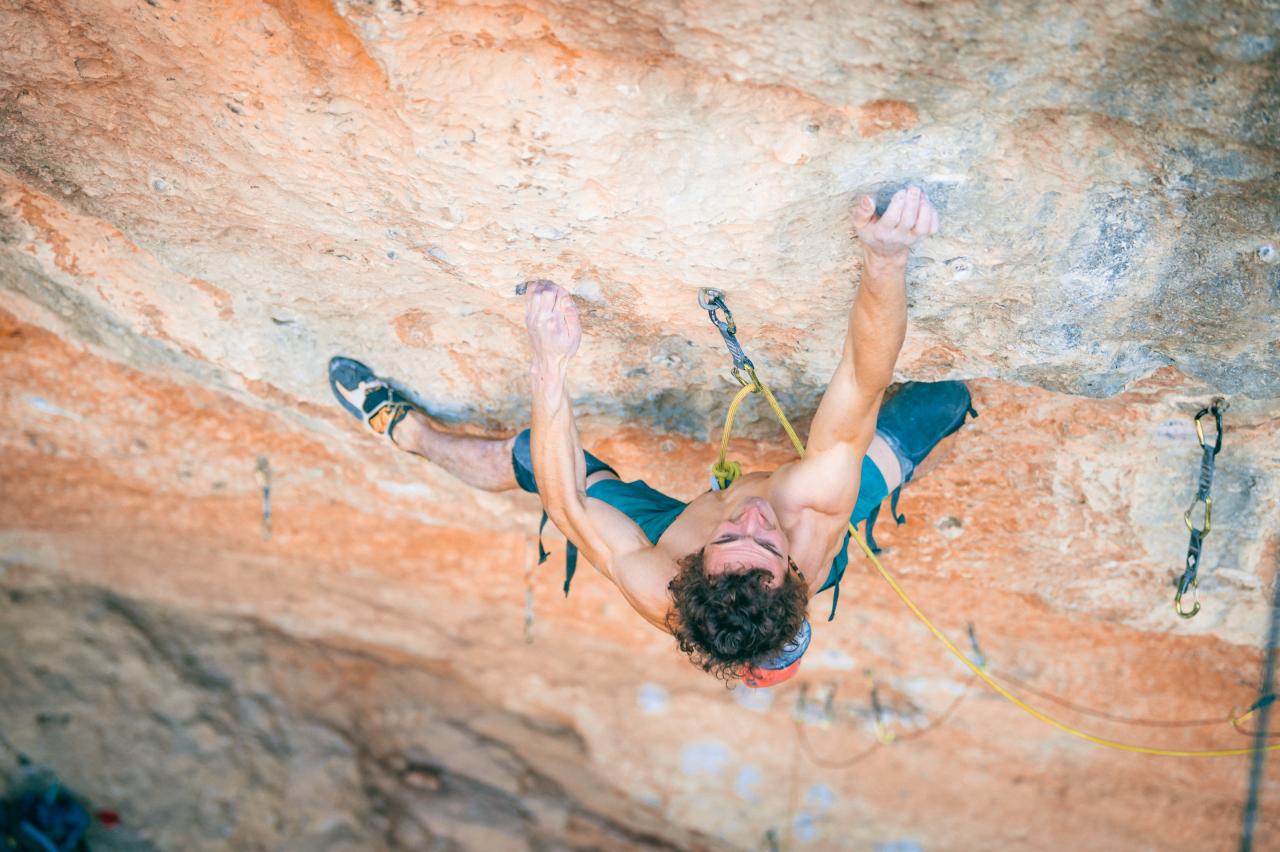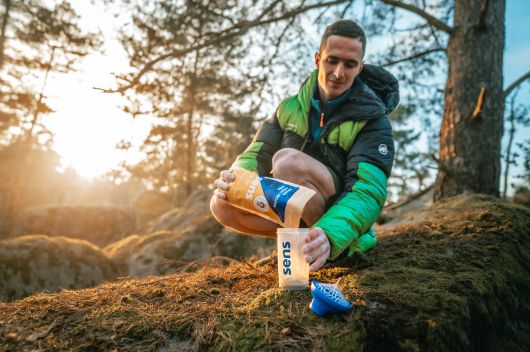Climbing Ethics
Created by: Adam Ondra2021/01/08
Rock climbing is sport (and much more than that) without referees, and its ethics are not written, not very often all climbers agree about them, and furthermore, they keep evolving. A topic that is very often discussed nowadays is the use of kneebars, or better kneebars with the use of kneepads. Surprisingly, kneepads have been WIDELY used in the climbing scene only for the last couple of years. It is true that there are a few crags like Hueco, Rifle or Jailhouse where locals have been using quite good home-made kneepads for decades, using duct tape to prevent them from moving on their legs. In Europe, you would see a home-made kneepad from time to time, but it was more of something against the pain and not really increasing the friction. My approach for many years had been - climbing in shorts, being gentle in the kneebars for a few climbing days in order to let my skin adapt, the skin really grew harder and I could sustain the pain of making multiple kneebars in one route in the limestone tufa cliffs. Sometimes, I would be sand-papering my knees for days before the trip to be better prepared. This worked really well in First Round First Minute 9b. My old home-made kneepad did not work for that kneebar, I just could not feel it. Bare skin did not stick enough either. So I eventually climbed the route in jeans, using a small piece of wet toilet paper on my skin just before setting off, which made my jeans really stick to the skin and eventually, that made my knee stick to the wall.
Modern kneepads are so good that they are not only comfortable to climb with and you do not bruise your skin - which means knee-baring has never been that much fun. But you can also do kneebars where it was impossible before. That might make some climbs significantly easier. My opinion is that it is just an evolution of climbing and most of us do not consider climbing shoes or chalk bag cheating. It is sad even for me to sometimes see that a certain classic climb can be climbed in a different way with the use of a kneepad, often making it a worse and less homogenous route. But it is something we must accept. Even for me, it was not easy to see Stefano Ghisolfi in Change, using the kneepads in places where it was not possible for me without kneepads, but it is evolution and in this case, fortunately I do not think it changes the grade.
While the kneepads are comfy to climb with, the more often you bring it into the routes, the more often you actually do kneebars and gradually you are getting better in them. It is a skill that must be practised just like crimping or making dynos. On the other hand, it sometimes leads to a situation that doing 30 kneebars in one route is actually not that efficient any more, and you would maybe climb better with less kneebars and resting. With more kneebar skills, I often find a kneebar myself which makes me excited that it is the trick that might help to send the route, but sometimes I find out a few tries later that this particular one is so bad that it does not help at all. And obviously it depends on your kneebar skills. Somebody who is not good in kneebars might prefer to skip a few of them, whereas some other climbers might be very thankful for them.
In case of Perfecto Mundo, all the kneebars are very marginal. If you do not have special taste for kneebars, you will probably never bother using them. I was very hesitant myself about most of them - if they actually help at all or if I would be better off just flowing through the route without them. I think it will be the case of many routes in the future that it will be an individual decision whether to bring a kneepad for some very marginal kneebars or not.
It is true, unfortunately, that the kneepads might make the grading a little more inconsistent. While some kneebars might be impossible for people of short size, there might be the opposite problem as well. At the moment, I do not have any problem at all using the kneepads on my first ascents or in the routes that were put up recently when the kneepads were accessible and available technology. On the other hand, there are some really historical routes like Hubble, world’s first 8c+ or 9a (grade of this route is not the topic of this article) where the use of a kneepad might be seen as questionable, because Ben Moon in 1990 did not know about this technology. And it might be fair to say that the only ascents that count should be done in the same style as Ben’s. Well, but climbing shoes have evolved, ropes have evolved, most climbers do not have that heavy rasta as Ben in 1990! On top of that, it is not that easy to find the line in terms of kneebars. If you only climb in shorts, then it is simple - you use just your bare skin. Once you use long pants, some pants are better for kneebars - jeans are better than other pants, etc. I do believe you might find a textile that might be almost as good as rubber. Where to draw the line then?
I think it is important for professional climbers nowadays not only declaring an ascent, but also the way of sending the route. It is quite obvious in terms of multipitch and alpine ascents to provide details, but it should be more obvious for sport-climbing and bouldering as well. (I mean, once you have a video, that is pretty much enough). Then, it is everybody’s decision to use or not to use a kneepad, use the original method or the new method and so on. On the other hand, I believe professional climbers should try to reflect these facts (kneepad when it wasn’t used for the FA, new beta and others) into the grading even though they only repeat the routes and should not just take the guidebook grade for granted.
